CAPE NEDDICK — By midmorning three birds and a gray squirrel have already arrived at the Center for Wildlife, carried inside in small boxes by the people who found them injured or orphaned.
A young mourning dove that arrived in a makeshift carrier made from a Christmas gift box sits nestled on a towel in an examination cage in the baby bird room. Later, when the dove has had time to de-stress from its trip into the center, the wildlife rehabilitation staff will examine it to try to determine why it was found on the ground unable to fly.

Another grounded raptor, Peregrine falcon Freyja, lets herself be transported by Sarah Kern, who oversees education and outreach at the center.
In the intensive care room, apprentice Kim Andre prepares mice and quail to feed to the large birds waiting in cages. It’s the busiest time of day as staff and volunteers feed animals, clean cages, weigh each patient and administer medications. After tossing a mouse to a falcon, Andre puts on gloves and pulls a red-tailed hawk from its cage to move it to another enclosure.
“He’s very chatty today,” she said as the bird squawks and flaps its wings against her arm.
The center, tucked into the woods off Mountain Road in Cape Neddick, can care for up to 200 animals at a time and, during peak season, fields 30 to 40 calls a day from people who have found animals. The nonprofit organization treats more than 190 species and last year cared for 2,200 mammals and birds found injured or orphaned within a 100-mile radius of the center.
This year, the center is on track to treat even more animals. It has already taken in 1,800 animals, about 300 more than this time last year. Last weekend, 40 orphaned baby mammals were admitted to the center.
The increase is in part because more small mammals and birds are being brought in with “intentional harm” injuries from people who try to shoot or trap them, said executive director Kristen Lamb. Intentional harm now accounts for 8 percent of all cases at the center, double what they saw last year.

Henry the porcupine, a mainstay at the center since 2014, enjoys ambassadorial privileges as well as generous meals.
“That is really sad to us,” Lamb said. “People are shooting wild animals intentionally.”
Six months ago, a red-tailed hawk arrived with leg injuries after being shot by a farmer. Nineteen pieces of shot were removed from the bird. A necropsy on a loon brought to the center showed it had been shot from within 10 feet.
About half of the animals admitted to the center end up there because of development. Often, animals are knocked out of nests when trees are cleared for new houses and businesses. Injuries from house cats that hunt birds and small mammals account for nearly a quarter of all admissions.
For turtles, problems often arise when they are hit by cars as they cross roads built across their natural habitats. In the turtle room, medical clinic director Shelley Spanswick checks the temperature and humidity in a climate-controlled cooler that’s used to incubate eggs extracted from mothers that have died. Newly hatched turtles, including some threatened painted turtles, swim in tanks and feed on tiny shreds of carrots and kale. Soon they’ll be released as close as possible to the spot where they were found.
The center, which receives no state or federal funding, relies on donations and grants to pay for its clinical staff of eight to care for the animals and provide hundreds of educational programs each year. The organization brought in just over $495,000 in revenue and spent about $439,000 in 2016, according to its most recent tax filing.
Lamb said the center also relies on the public to find and bring in animals for treatment.
“We try to empower people to take action,” she said. “It is all of our responsibility.”
GROWING NEEDS
The Center for Wildlife was founded in 1986 and has grown to include a collection of 25 small buildings and 35 separate animal enclosures. But the center has outgrown its current space and is set to break ground this fall on a $4.5 million facility just down the road. About $2 million of that cost will be paid with money raised through donations. The new center and conservation campus will include an auditorium where the education staff will be able to offer onsite programs and conferences.

A house finch and an American gold finch are delicately fed from a syringe held by medical clinic apprentice Kim Andre.
The center long ago outgrew its current space, where every nook is used for something. In the office, one employee returns phone calls to people who have called the hotline while another walks around with a corn snake wrapped around her neck and through her curly hair. The non-native snake, named Zipper, was given to the center in 2007 when his owner left for college.
In the kitchen, Sarah Kern spreads small platters and bowls on the counter to prepare meals for the center’s “ambassadors” – the birds and mammals that are unable to be released back into the wild because of permanent injuries or because they have no fear of humans.
Kern, who oversees the education outreach department, mixes a “salad” of fish heads, greens, bugs, egg shells, tomatoes and berries for the four box turtles that have lived at the center since the 1980s.
“Just like humans they have a sweet tooth,” she said. “Clifford loves strawberries. Big Mama goes for the blueberries. Just like a kid they pick out what they want.”
Kern piles the meals into a shopping basket and heads for the enclosure shared by Dante, an American crow, and Violet the turkey vulture. Dante’s lunch includes berries and a mouse, a hunk of which he hides as soon as he swoops down from a high perch. Violet – who like other turkey vultures has a tendency to projectile vomit to defend herself – finds and steals the hidden mouse, much to Kern’s amusement. They’re like siblings, constantly playing and pulling each other’s feathers, she said.

Always something on his plate, Dante the crow arrived at the center after being raised as a fledgling by a human. His survival possibilities slim in the wild, he’s settled into an easy residency the Center for Wildlife.
“I’m not supposed to have favorites but I do. You guys are my favorites,” she said to the birds before leaving to feed her other animal ambassadors.
Kern visits every animal ambassador in the hour it takes to finish morning feedings. Henry the porcupine, who has a sweet tooth and loves taking walks around the grounds, munches on squash and a carrot. The box turtles climb on top of their salad and work together to tear apart a fish head. In the raptor house, falcons, owls and hawks watch from above as middle school-aged volunteers rake out their enclosures. Artemis, a tiny 5-year-old saw-whet owl with a damaged wing, sits silent and still on a perch in the corner of her enclosure, eying visitors with saucer-like eyes.
GROUNDED FALCON
Kern’s last stop is in the enclosure of Freyja, a sassy Peregrine falcon who was hit by a car in 2004 on her fledge out of the nest. She is unable to fly and now greets visitors daily in the admission area. Often referred to as the “office manager,” Freyja has clear, very strong opinions about everything, Kern said. Freyja doesn’t like the vet or woodchucks, but does like to throw quail guts at people.
“I love you,” Kern said to Freyja as she carried her to a perch in the corner of the office. “You talk too much, but I still love you.”

For wildlife specialist Libby Peck, two baby opossums in the hand beats two abandoned ones in the bush.
After the morning feedings and checkups are done, wildlife specialist Libby Peck brings a gray squirrel into a small exam room and lays him on a towel on top of a heating pad. The squirrel was brought to the center two days earlier after it was found in the road with bulging eyes and blood coming from its mouth.
Today, Peck wants to sedate the animal so they can check what appears to be wounds on its belly. The squirrel doesn’t struggle as she holds a mask over its face to administer the anesthesia. Peck gently turns the squirrel over, revealing a white belly speckled with several holes.
The holes, it turns out, aren’t wounds, but were caused by cuterebra, commonly known as bot fly larvae. With help from other staff members, Peck uses small tweezers to pull out the larvae and flush the holes with saline. Left untreated, the larvae would continue to grow and leave gaping wounds on the squirrel.

Wildlife specialist Libby Peck puts a squirrel under anesthesia to tend to its infected belly.
The squirrel is still at risk of developing infections from the larvae and may have neurological damage, so its condition is still guarded, Peck said.
“We’ll wait and see how he does,” she said as she placed him back in a cage.
Peck, who began volunteering at the center as a teen and has worked with squirrels for eight years, knows that some people question why she and her colleagues spend so much time saving small animals like this. Beyond being cute with individual personalities, the squirrels are food for many animals and birds that live in New England, she said.
“They’re a really important part of our ecosystem, whether people think so or not,” Peck said.
Send questions/comments to the editors.


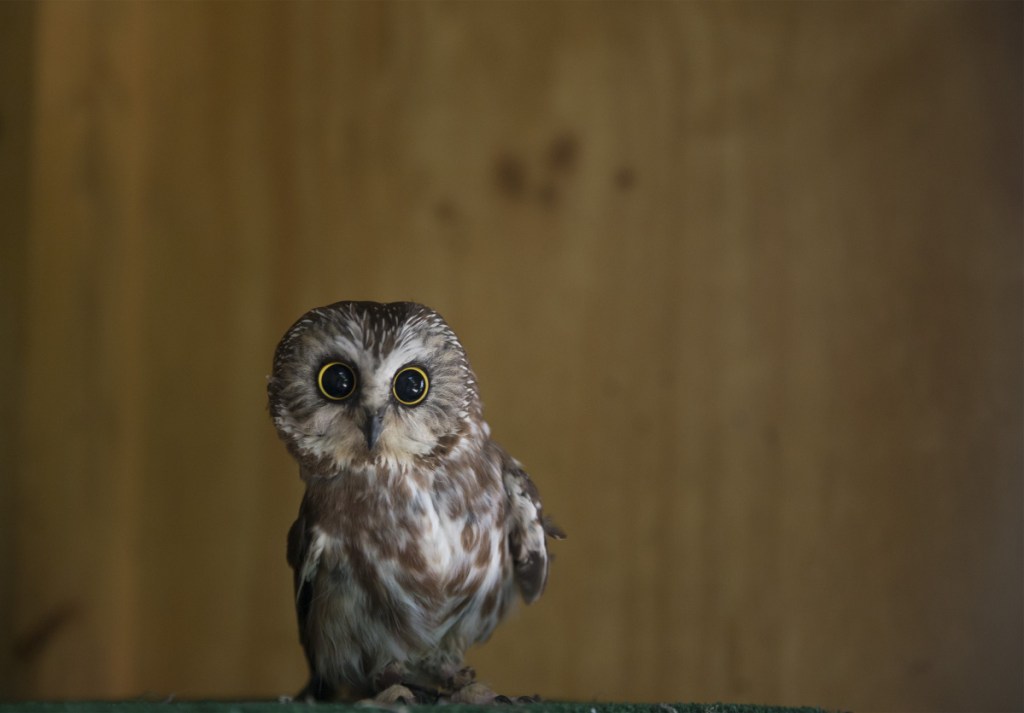
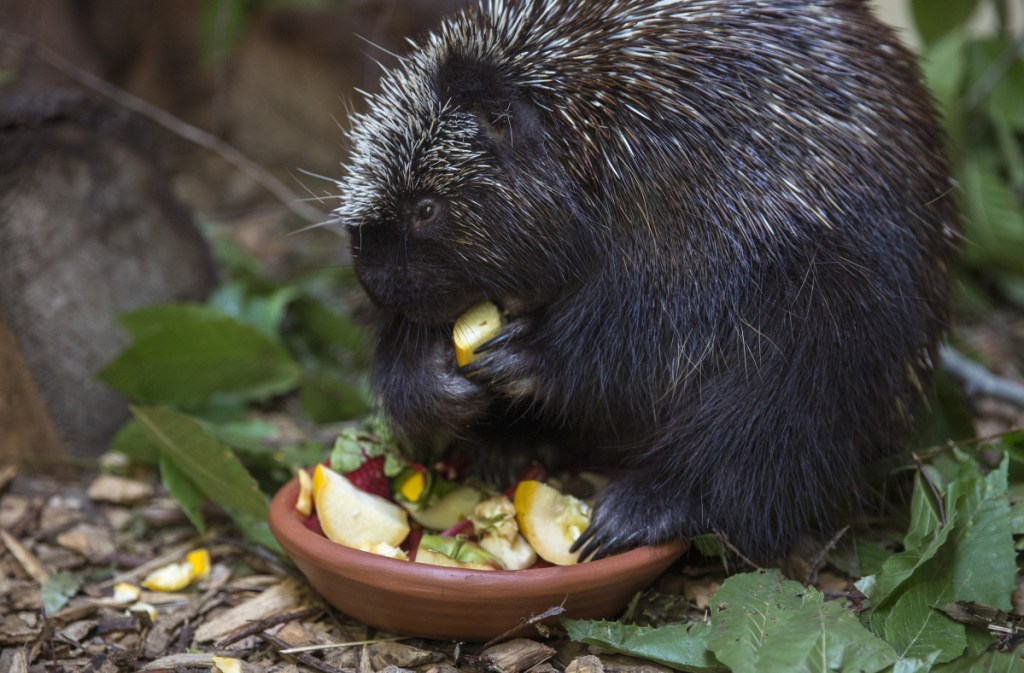
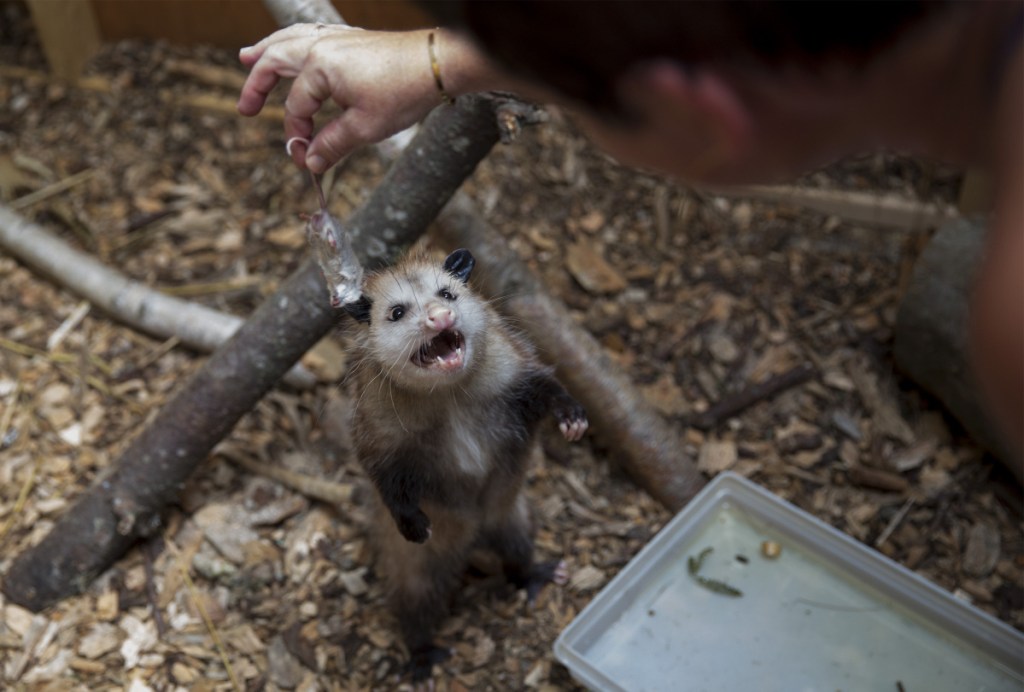
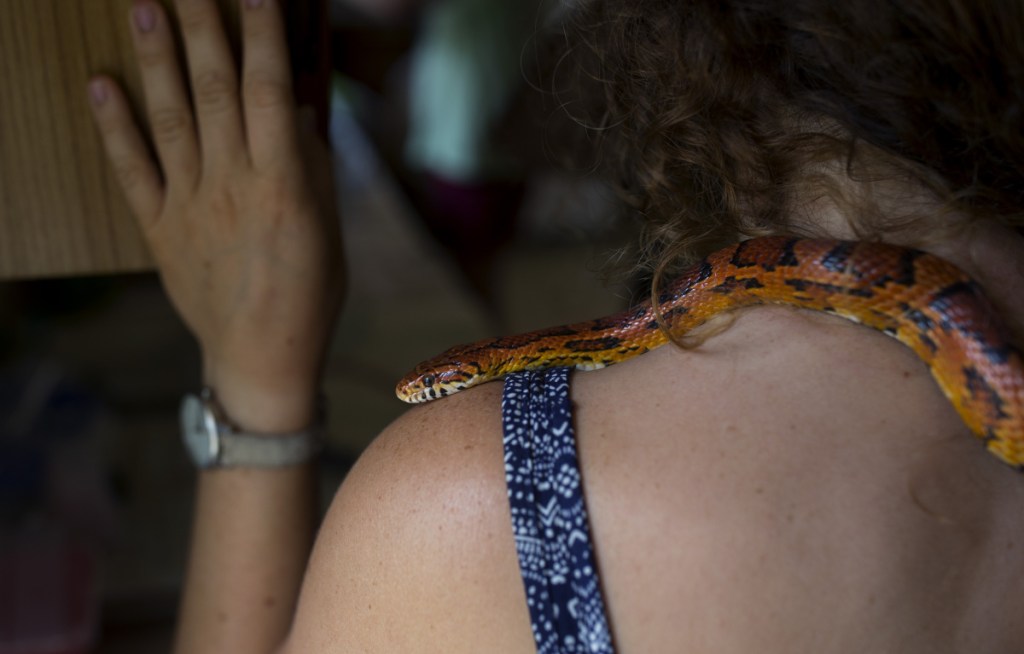
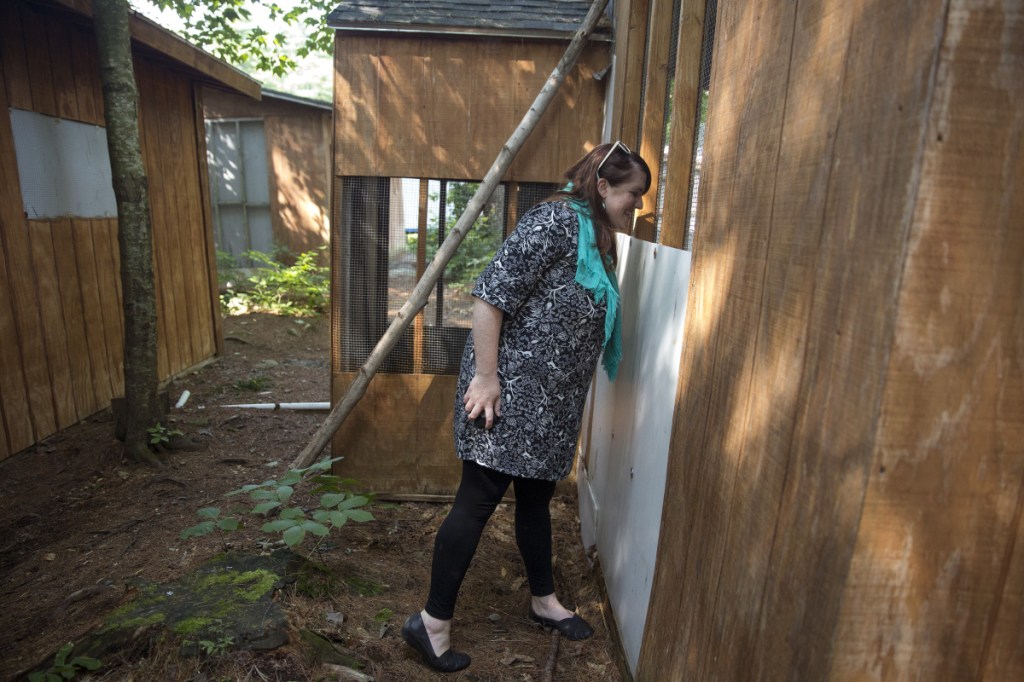
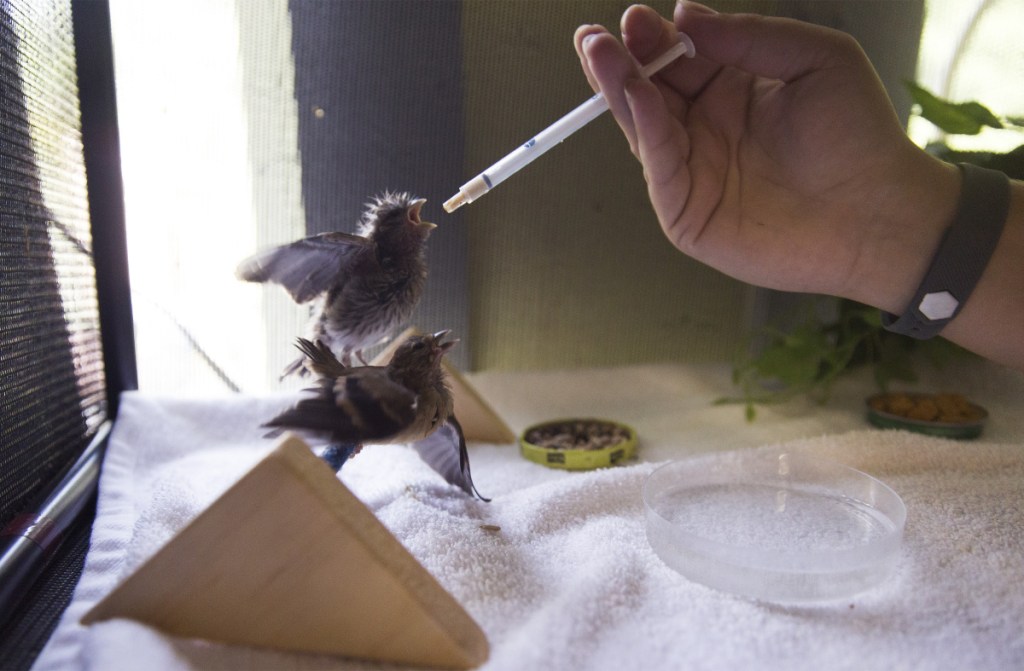
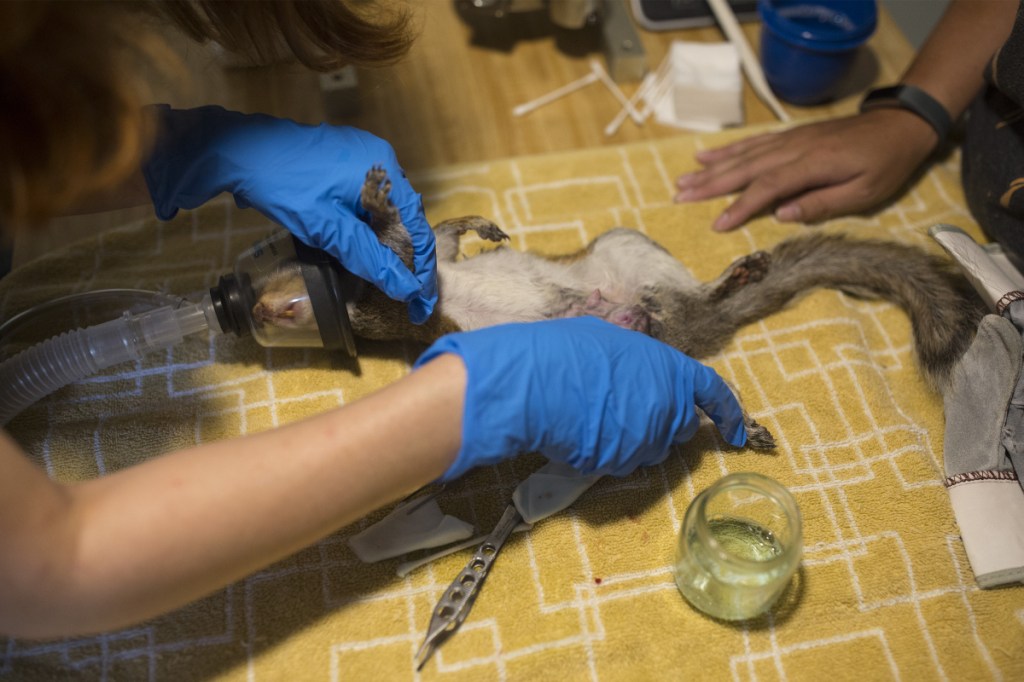
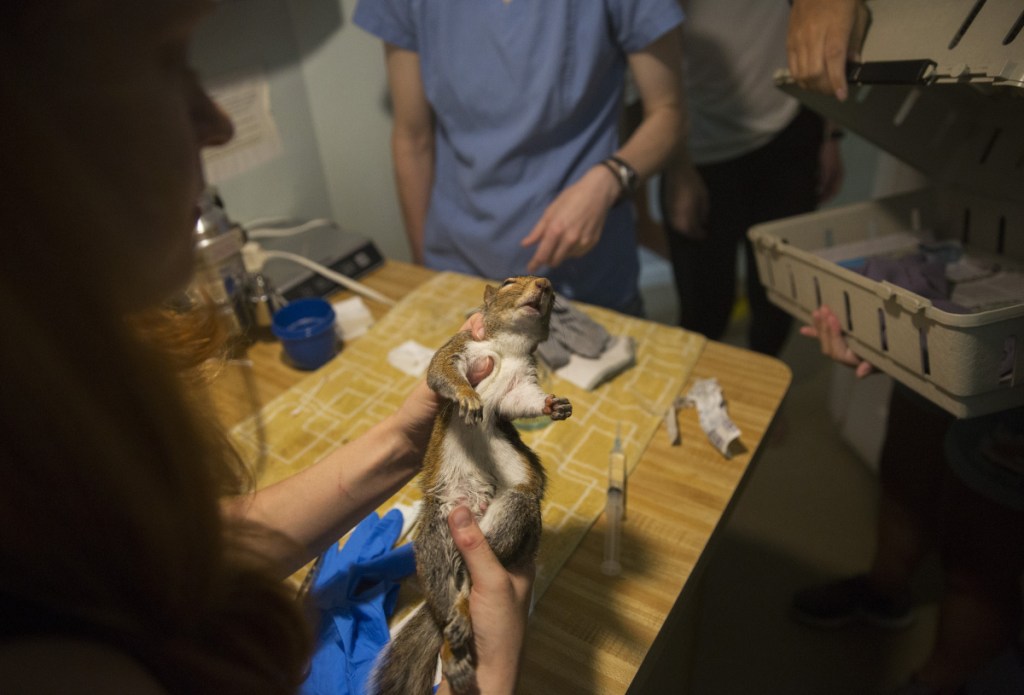
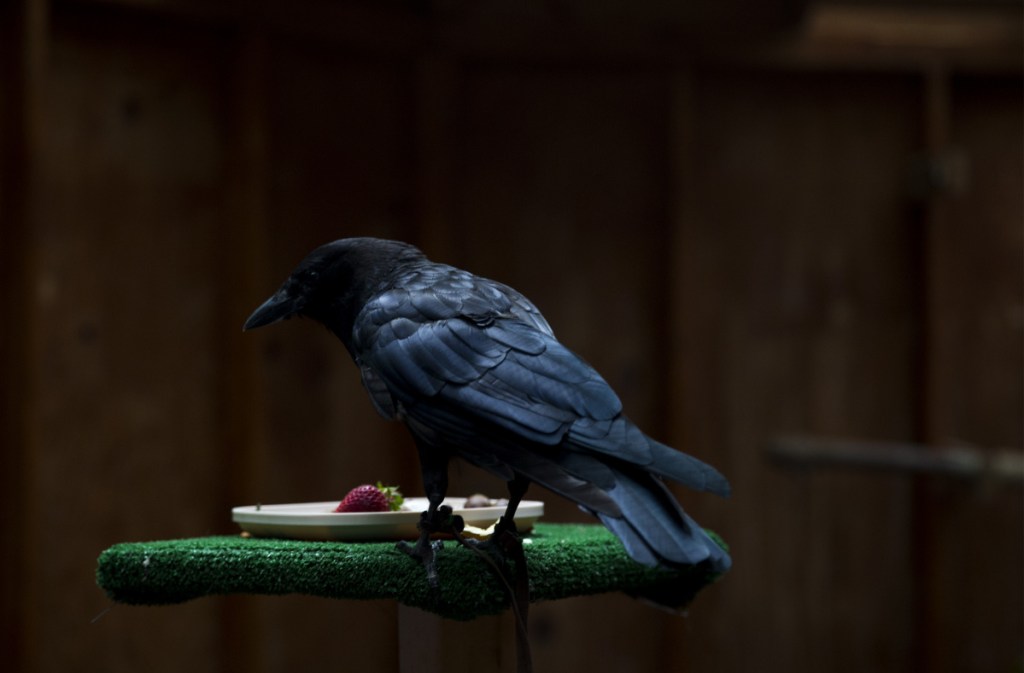
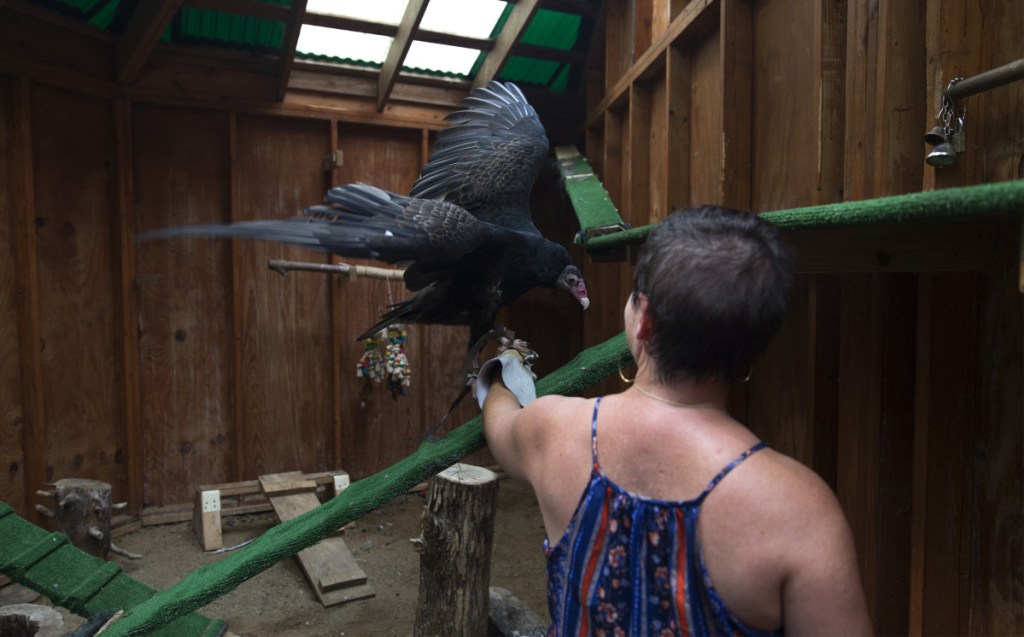
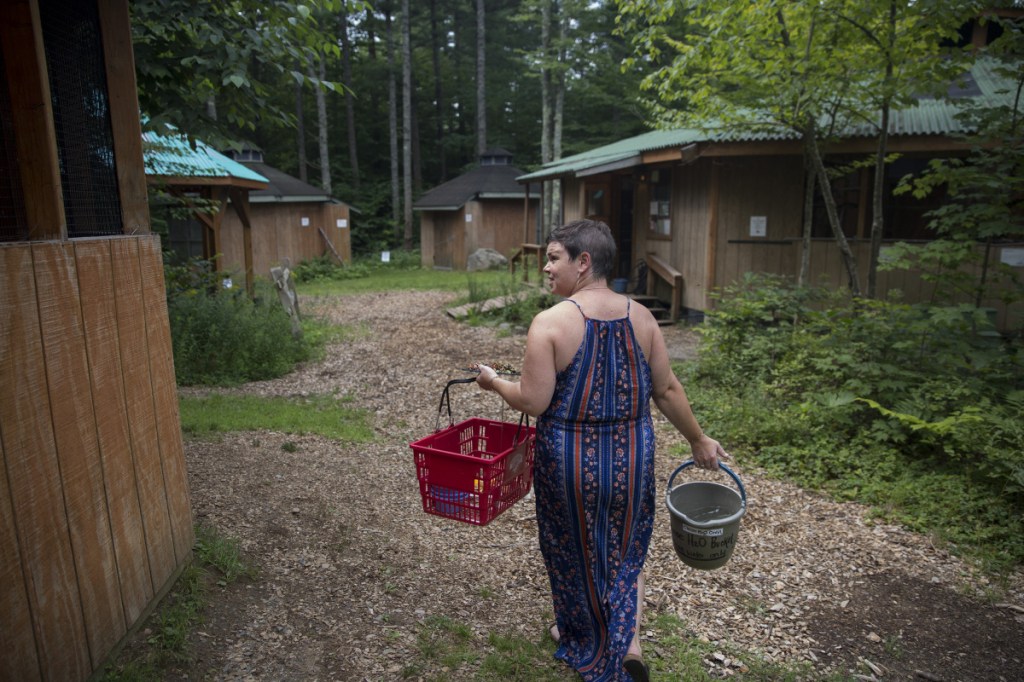
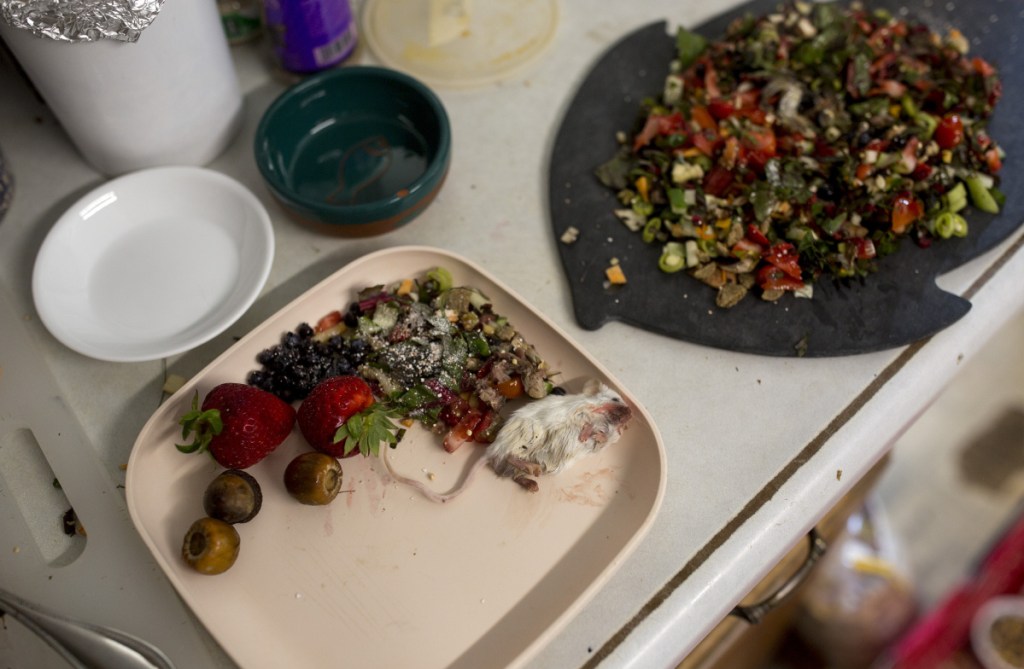
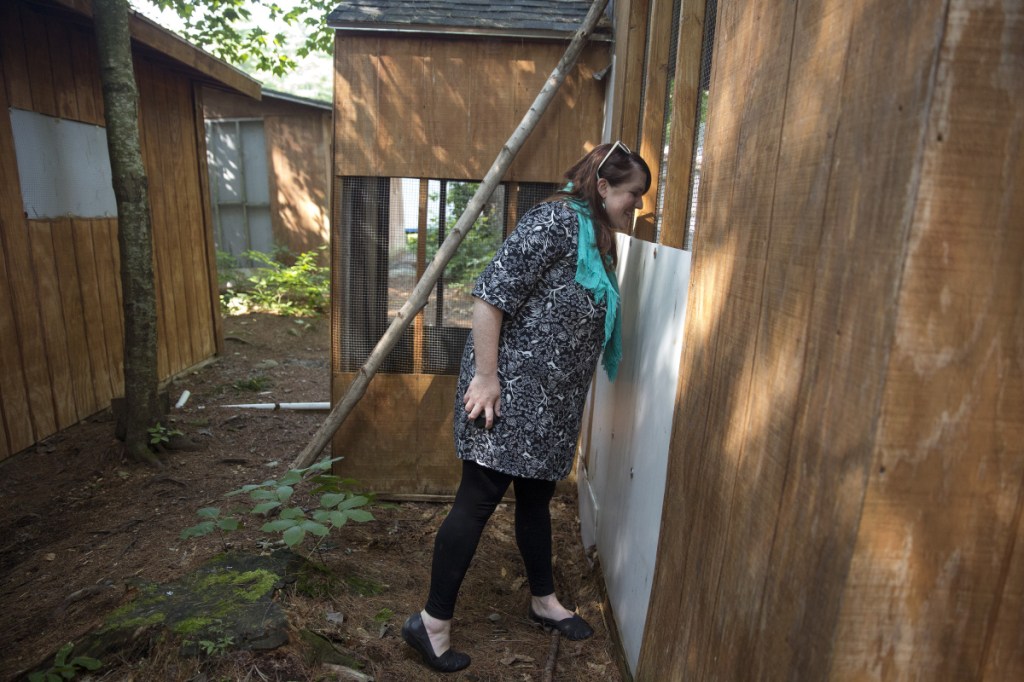
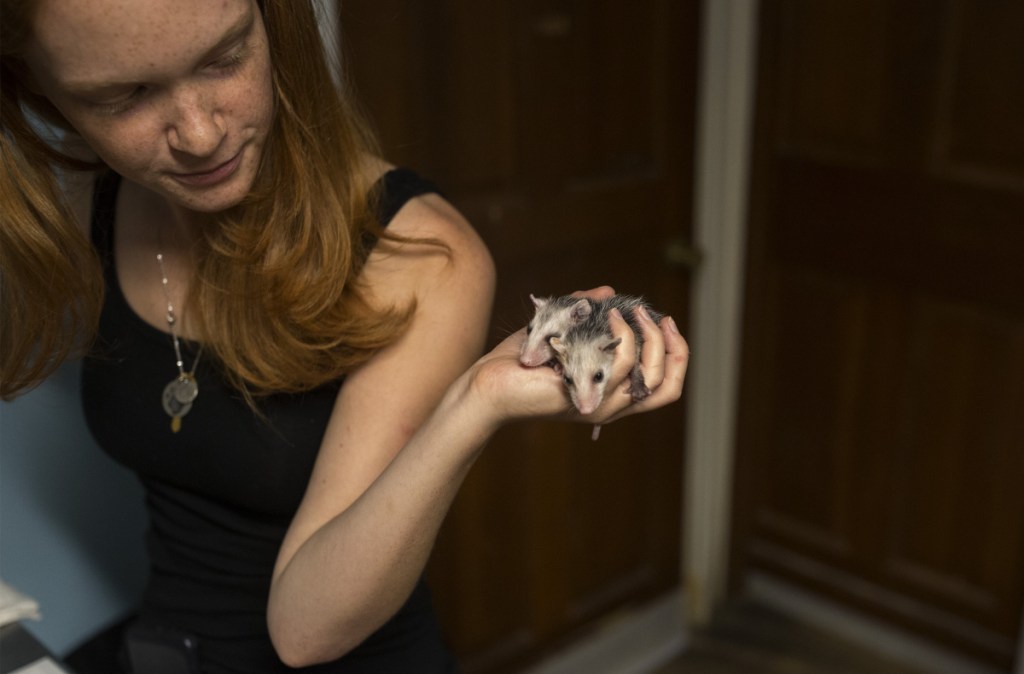
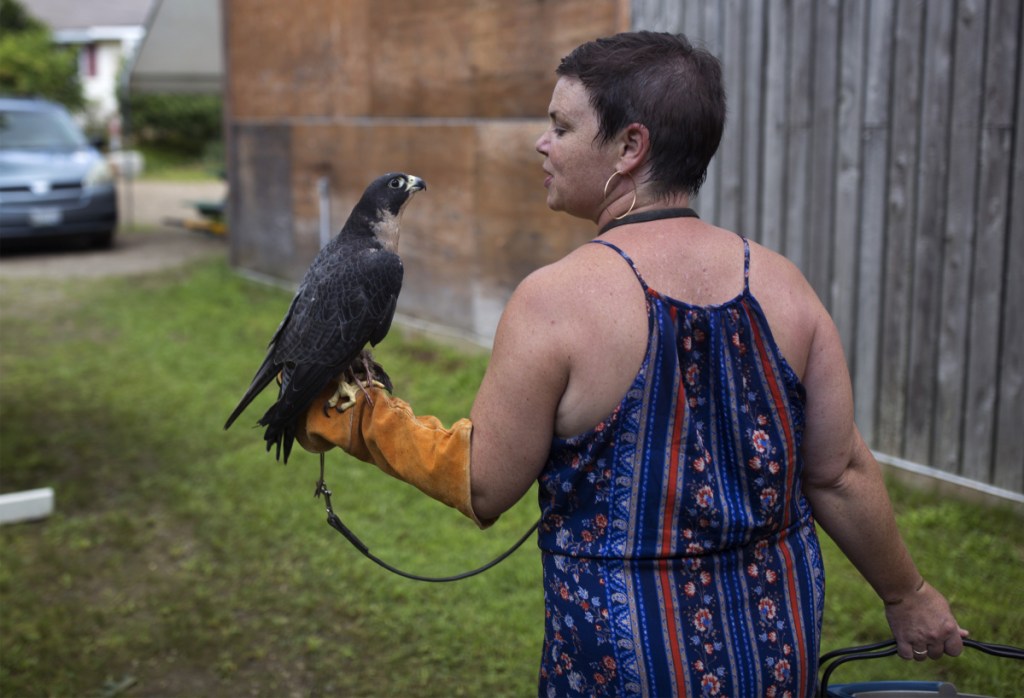
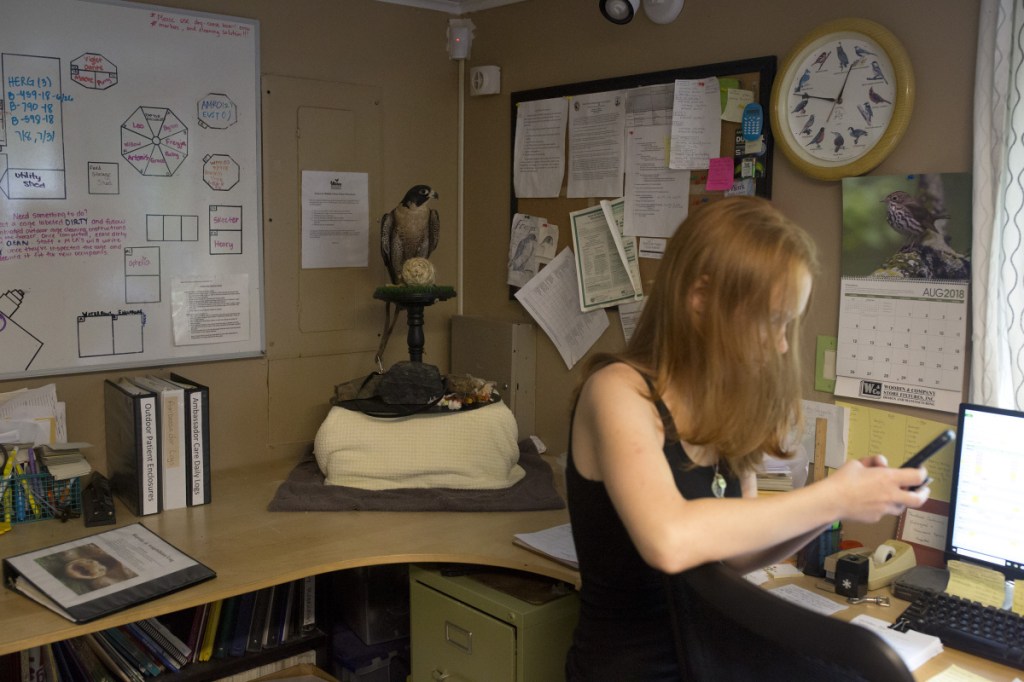
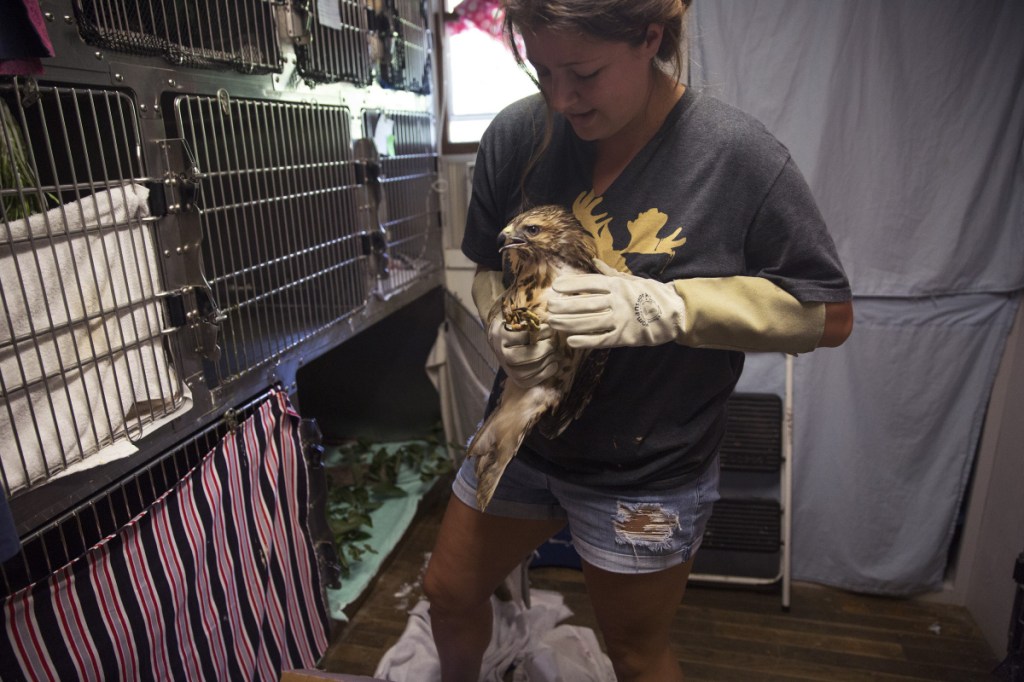

Success. Please wait for the page to reload. If the page does not reload within 5 seconds, please refresh the page.
Enter your email and password to access comments.
Hi, to comment on stories you must . This profile is in addition to your subscription and website login.
Already have a commenting profile? .
Invalid username/password.
Please check your email to confirm and complete your registration.
Only subscribers are eligible to post comments. Please subscribe or login first for digital access. Here’s why.
Use the form below to reset your password. When you've submitted your account email, we will send an email with a reset code.